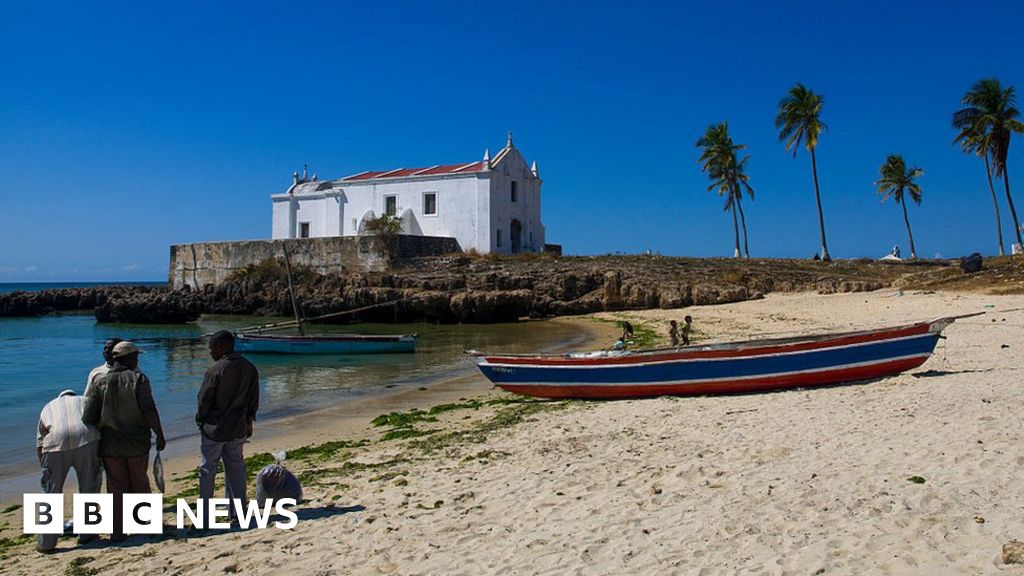- Written by Jose Tembe & Ido Vock
- BBC News, Maputo, London
image source, Getty Images
Fishermen on Mozambique Island (file photo)
A ferry sinks off Mozambique's northern coast, killing more than 90 people, local authorities say.
Nampula prefecture officials announced that five of the approximately 130 people believed to have been on board were rescued.
Nampula's Secretary of State Jaime Neto said they were fleeing a cholera outbreak. He added that many children were among the dead.
“The boat ended up sinking because it was overcrowded and not suitable to carry passengers,” Neto said.
An unverified video was posted on social media purporting to show dozens of bodies lying on a beach.
According to Portuguese broadcaster RTP, the ship was believed to be heading from Lunga to the Mozambique island off the coast of Nampula.
Some of the dead have already been buried according to Islamic rites in Muslim-majority areas.
Nampula province has been one of the hardest-hit provinces in the cholera outbreak that has spread to several countries in southern Africa since January last year.
According to UNICEF, the current outbreak is the worst in 25 years. Since October 2023, Mozambique has reported 13,700 infections and 30 deaths.
The Islamic extremist insurgency in neighboring Cabo Delgado province has claimed at least 4,000 lives and displaced about 1 million people since it began more than six years ago.
Ordinary Mozambicans say news of the boat tragedy came as a shock, especially because of the high death toll.
Boating accidents are not uncommon in Mozambique, but rarely do so many people die. Thousands of boats are said to carry passengers with little oversight.
Local journalist Charles Mangwiro told the BBC: “It's shocking. The authorities are partly to blame for not doing enough to control and monitor maritime traffic.”
Another Mozambican reporter, Berta Madim, told the BBC that the accident occurred despite recent pressure on ferry operators to improve safety.
The island of Mozambique was the capital of Portuguese East Africa for almost 400 years, when the region was under colonial rule. The island is a UNESCO World Heritage Site due to its colonial architecture and rich history as a trading post.
Additional reporting by Natasha Booty


